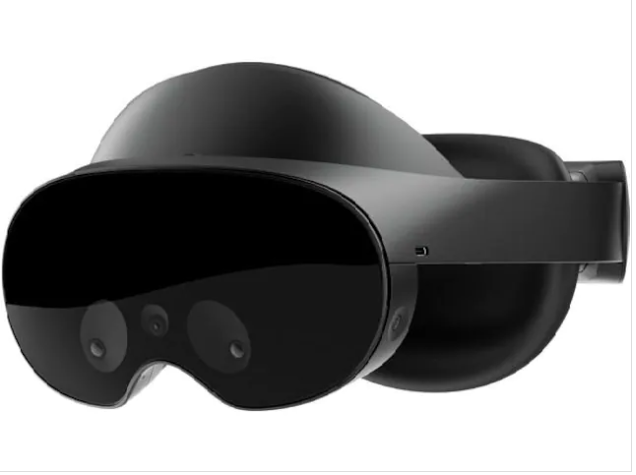Eye Tracking Will Eventually Be a Standard Feature in All Quest Headsets According to Meta CTO
Meta CTO has stated that eye tracking will one day be a standard feature in all of the company’s Quest headsets. As of now, exclusive eye-tracking functionality is available only in the Meta Quest Pro. However, it is envisaged that in the future, this technology will become an integral component of every Quest headset as a standard feature.
Meta’s CTO, Andrew Bosworth, made this statement in his most recent Q&A session on Instagram.

He mentioned that Meta holds a strong enthusiasm for eye-tracking technology and has been engaged in extensive experimentation with 2D user interfaces that can be manipulated using a combination of eye and hand tracking. Early press reports suggest that this approach is already highly effective with the Apple Vision Pro headset.
Nevertheless, Meta remains steadfast in its dedication to providing affordable hardware and has no inclination towards creating a headset with a price tag in the thousands of dollars. Andrew Bosworth affirms that eye tracking does contribute to the cost considerations.
Meta remains committed to enhancing the efficiency and affordability of this technology with the aim of eventually integrating it into all Meta headsets. While he couldn’t provide a specific timeframe for this integration, it is envisioned that eye tracking will eventually become a fundamental component of the standard offering.
Eye Tracking is a Key Technology
Eye tracking offers numerous advantages for VR headsets. It offers more authentic social interactions and virtual eye contact in mixed reality environments, enhances rendering performance through foveated rendering, and, as emphasized by Bosworth, opens the door to entirely novel interface paradigms.
As of now, the exclusive inclusion of eye tracking is found in the Quest Pro, which is priced at $1,000. The advantages of foveated rendering on this device are currently somewhat limited, and it’s worth noting that two years ago, Bosworth himself expressed reservations about foveated rendering on standalone headsets, acknowledging that it wasn’t a transformative feature given the numerous constraints inherent to such devices.
Bosworth added that Meta has been testing eye tracking for a long time as a 2D UI paradigm alongside hand controls. He continued that Meta’s familiarity with this approach dates back quite some time, and the company has been actively pursuing its development for quite some time.
According to Bosworth, eye-tracking functionality is a trade-off cost and weight as well as extra sensors against the headset. As a result, Meta is focusing its efforts on delivering high degrees of precision in architectures that are more efficient, price-wise and computationally, enabling Meta to avail the feature in every headset.
Although he didn’t provide a timeline for the availability of the feature, he assured that it will definitely be a part of the base package at some point in the future.
https://virtualrealitytimes.com/2023/10/29/eye-tracking-will-eventually-be-a-standard-feature-in-all-quest-headsets-according-to-meta-cto/https://virtualrealitytimes.com/wp-content/uploads/2022/12/Meta-Quest-Pro-600x448.pnghttps://virtualrealitytimes.com/wp-content/uploads/2022/12/Meta-Quest-Pro-150x90.pngTechnologyMeta CTO has stated that eye tracking will one day be a standard feature in all of the company's Quest headsets. As of now, exclusive eye-tracking functionality is available only in the Meta Quest Pro. However, it is envisaged that in the future, this technology will become an integral...Sam OchanjiSam Ochanji[email protected]EditorVirtual Reality Times - Metaverse & VR
